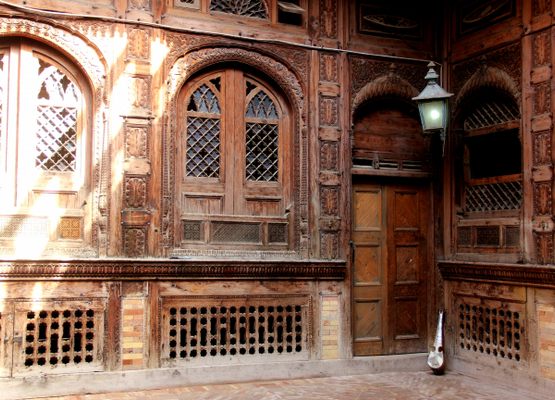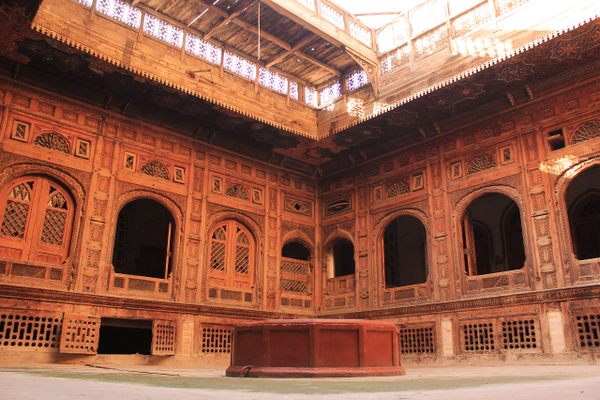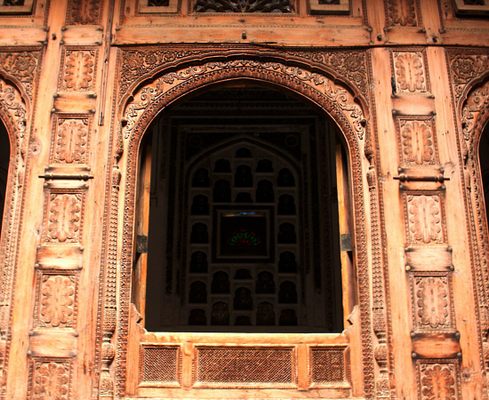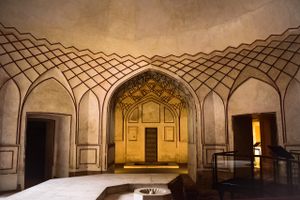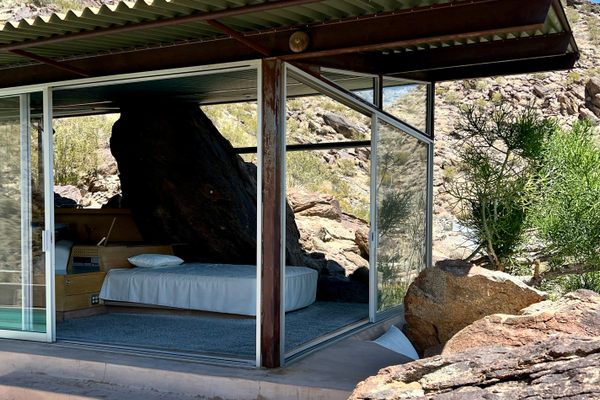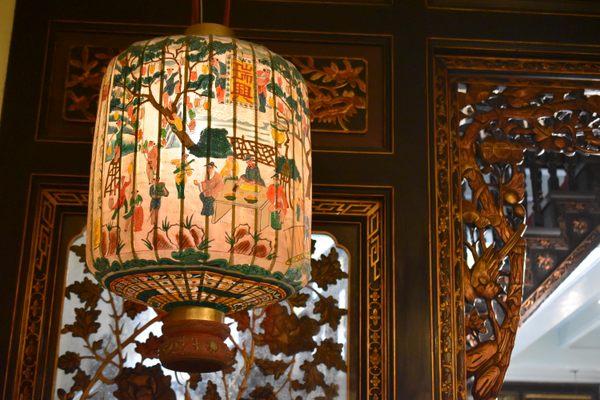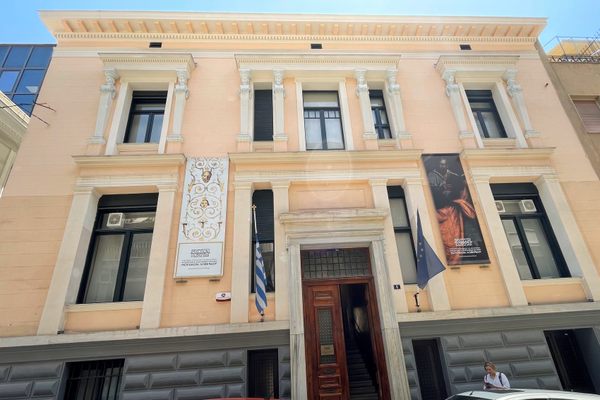About
The history of Peshawar goes as far back as the Vedas, which mentioned it as one of the most important cities of the Gāndhāra civilization. Because of this, Peshawar has been a crossroad of different peoples and cultures for centuries, and its history can aptly be described as turbulent. One of the most recent chapters of this history has been marred by violence brought by Taliban militants. This has cemented Peshawar’s reputation as a lawless arena where dangerous players have no qualms about killing fellow human beings. This reputation, however, has overshadowed other fascinating aspects of the city, such as bazars, cuisine, and architecture.
The city center is the perfect place to appreciate these lesser-known aspects of Peshawar. Traditional food corners and street vendors are clear evidence that bazars and local cuisine are alive and well, but the same cannot be said about architecture. The city center is peppered with old wooden buildings, but most of them are in a state of disrepair, waiting for the next bout of demolition to give way to the construction of unsightly cement blocks. Sethi House is one notable exception.
Built in 1884, this mansion (aka haveli) belonged to the Sethi family, famous traders operating along this branch of the Silk Road. When the family left Peshawar at the beginning of the 20th century, this mansion became the center of the British colonial authorities. After Pakistan gained independence in 1947, the Khyber Pakhtunkhwa government made Sethi House its headquarters. It was only in 1990 that the government recognized the historical importance of this building and designated it a museum.
The styles and techniques of Sethi House are a combination of local and external influences, most notably from Uzbekistan and Britain. The intricate woodwork and multicolored glasswork showcased in this mansion is not only a testament to the craftmanship of Peshawari artisans, but also an unmistakable statement of opulence.
Structurally, Sethi House unfolds along the square perimeter of its internal courtyard, where the fountain is located. Different sets of wooden staircases connect the ground to the upper floor and the roof. The exterior is almost completely covered with woodwork, from the ground to the roof. The interior consists of 12 rooms, and it is a combination of woodwork and brickwork interspersed with mirrors, rugs, and glasswork.
Related Tags
Pakistan Uncovered: Modern Culture & Ancient Civilizations
Markets, street food, and desert panoramas in Pakistan.
Book NowCommunity Contributors
Added By
Published
October 4, 2024
